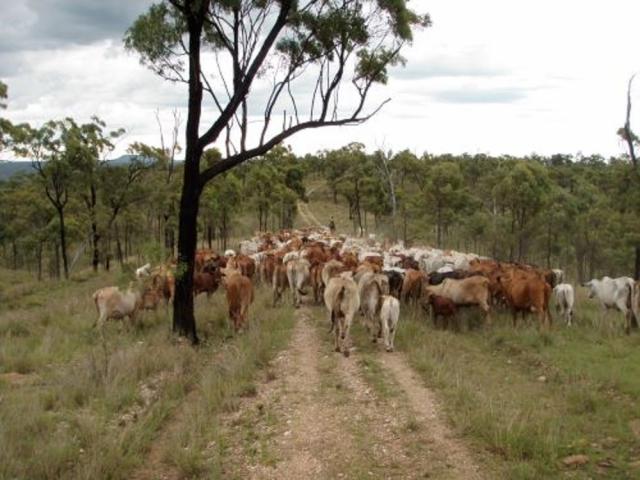
Australia’s cattle herd is set to reach its largest size in nearly a decade, with it growing to 28.8 million head, according to cattle industry projections.
Meat and Livestock Australia (MLA) say it is its highest level since 2014.
Prices are forecast to operate at longer term averages in 2023, but issues surrounding labour remain the key determinant of cattle slaughter performance in 2023.
MLA predict the Australian beef industry and cattle herd are well positioned to capitalise on changing global supply dynamics in 2023.
They predict this year will be a year of transition and maturity for Australia’s cattle herd, with any increases in numbers now beyond rebuild status and all key production metrics forecast to improve this year.
Continued rainfall and favourable seasonal conditions seen last year are expected to ensure a solid supply of both young and slaughter weight cattle over the next two years, regardless of seasonal outcomes.
In the north, 2022 saw favourable seasonal conditions for large parts of Queensland, driving the beginning of the state’s herd rebuild and an improvement in female numbers.
Northern Australia’s rebuild is expected to gain significant pace this year, according to the MLA.
Overall, the cattle herd growth is an increase of 1.1 million or 4.5 per cent year-on-year.
According to MLA’s Senior Market Information Analyst Ripley Atkinson, this growth is underpinned by a few key factors.
“The record retention of females for 15 consecutive months, coupled with above-average marking rates has delivered larger calf drops,” Mr Atkinson said.
“This bodes well for supply to increase substantially in 2023 for both young and slaughter-weight cattle.
“Both of these metrics suggest that the lowest or most significant retention of stock on record occurred for the year. This underpins the positive growth in numbers forecast for the next three years
By 2025, the national herd is expected to reach its highest level since the 1970s at 29.6m head, before a steady decline.
The MLA expects the continued growth will be due to strong female reproductive performance, genetic improvements across the herd and sound on farm management.
Input prices and cost of production will be major factors affecting the ability of the sector to remain productive and efficient.
In addition, the availability of skilled and unskilled workers to manage the increased supply of cattle in 2023 will be the major issue affecting the red meat industry.
The processing sector’s ability to process cattle will determine production levels and therefore exports in 2023.
MLA’s Market Information team have recognised this with a two-scenario forecast for this year.
“If labour concerns are not addressed within the processing sector, slaughter is forecast to reach six million head,” Mr Atkinson said.
“Based on actual supply of cattle this year, the forecasts indicate an uptick in numbers to 6.625 million head.”
It will be a year of transition for the cattle industry, according to Mr Atkinson.
“Positive outcomes along the entire supply chain seem likely as the exceptional operating conditions on-farm continue,” he said.
“The overall outlook for Australia’s beef industry both domestically and internationally is one of optimism and positivity, whilst it continues to deliver high quality beef in larger volumes, this is expected to be a major feature in 2023.”





